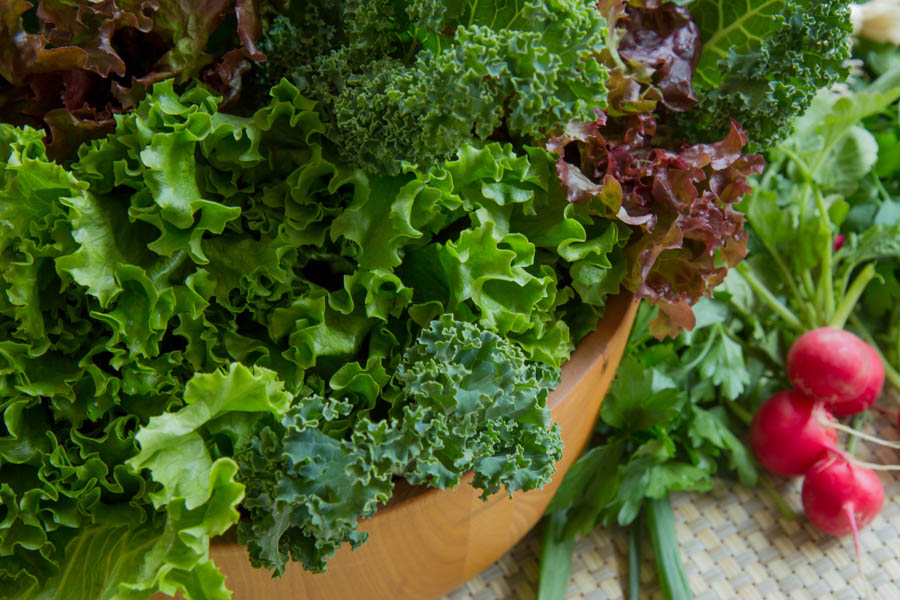Fall Planting: Getting Started With Lettuce

Looseleaf or loose leaf lettuce is the most common lettuce grown in California home gardens. It also makes an ideal vegetable to grow in the fall: plant lettuce after the summer heat has passed and lettuce will mature before the cooler weather of winter arrives.
How to purchase. Plant seeds or seedlings. Buying lettuce seeds and starting your own lettuce plants is inexpensive and relatively easy. It also provides almost endless options for varieties. Looseleaf lettuce comes in a wide range of red and green color variations, from pale green to solid red-purple that can be so dark as to be almost black, with many varieties that combine both colors.
Soil needs. Lettuce prefers loose, reasonably fertile soil. Lettuce is a light feeder that thrives in a wide range of soils. Ideal soil pH between is between 6.2 and 6.9; soil pH is generally more important for lettuce than soil type or texture. Lettuce will underperform, fail, or may produce small, chlorotic, or impalatable leaves in alkaline soils above 7.0 pH, in acidic soils below about 5.8 pH, or in compacted soils.
Microclimate needs. Lettuce prefers full sun in daytime temperatures of 70° F to 75° F, and may suffer, bolt, or become bitter above 80° F, during longer summer days, and during shorter, colder fall and winter days. At 85° F to 90° F temperatures and above, virtually all varieties of lettuce will suffer, become bitter, or bolt in from a few days to 2 to 3 weeks. To extend harvest, use shadecloth during warm weather, or plant in a spot that is shaded during summer afternoons.
Water requirements. Lettuce naturally develops shallow root systems and needs more frequent watering than many other vegetables. Water progressively more deeply and less frequently to help lettuce grow deeper roots and resist warm weather, which may extend harvest. GardenZeus recommends maintaining soil moisture to avoid any wilting whatsoever as much as possible in lettuce, as plants can bolt or turn bitter after repeated wilting.
Other articles of interest:
Remove Chlorine When Watering Organic Gardens (Chlorinated Water, Part 2 of 3)
Acidify Your Soil with a Vinegar and Water Soil Drench
GardenZeus Tips for Shading Vegetables in Hot Weather
Enter your California zip code for customized advice by plant